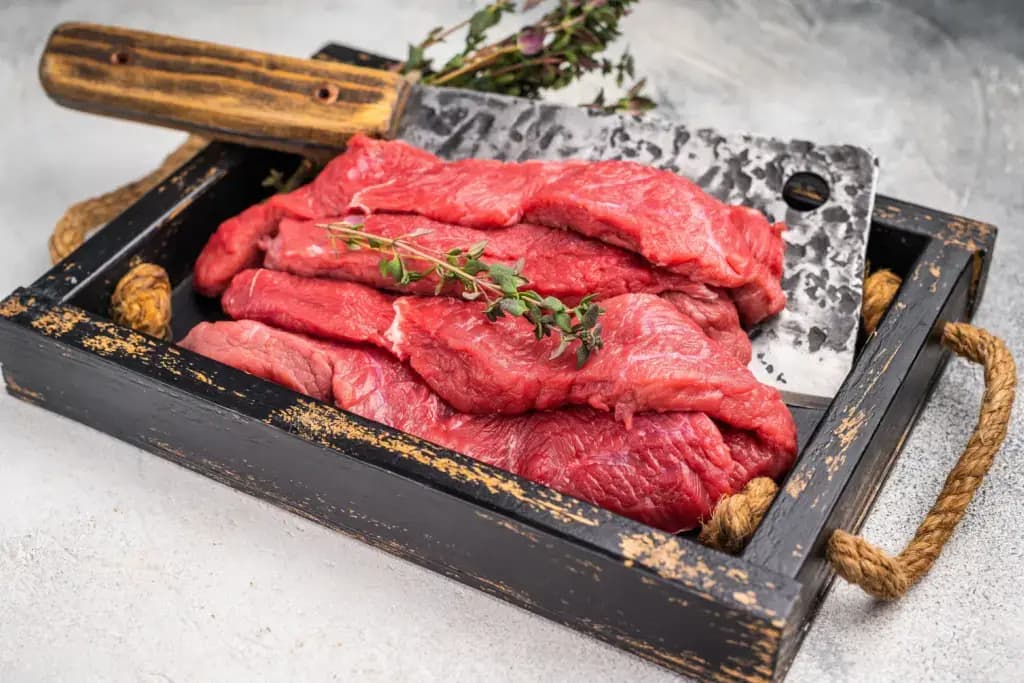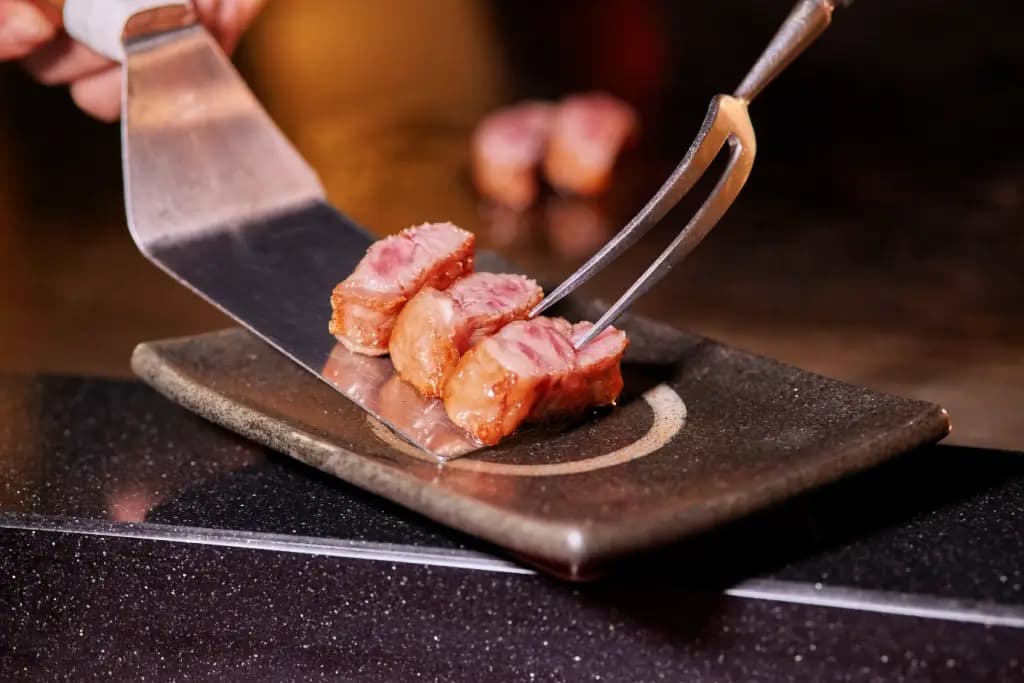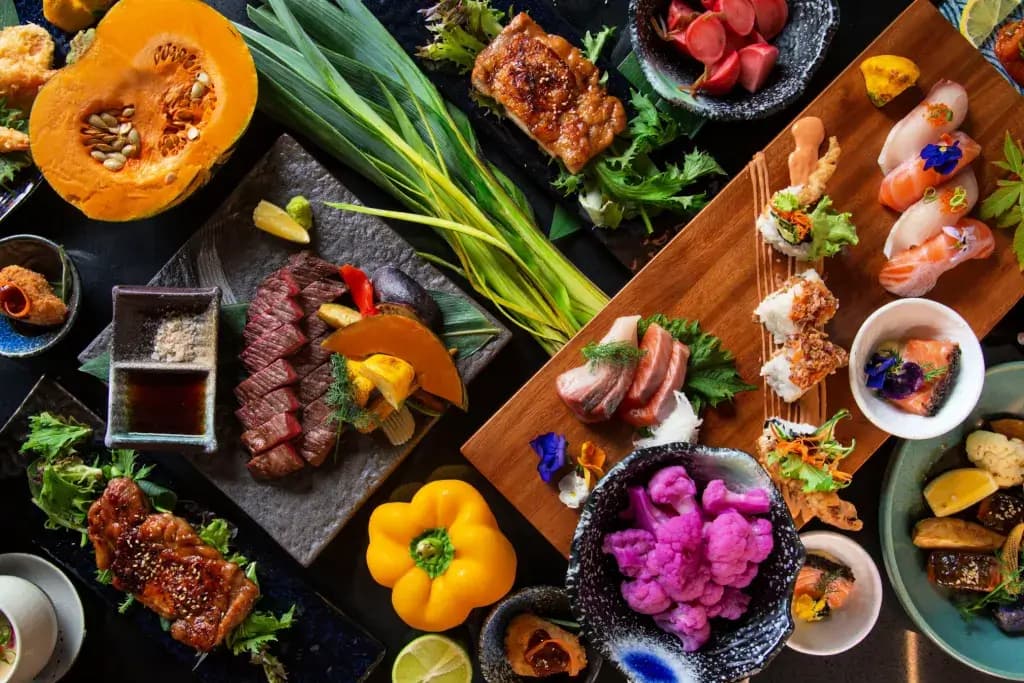

2025 OCTOBER 03
.Thuy Fang
Bitter Gourd: Japan’s Bitter But Beloved Vegetable
Okinawa is now known not only for its beautiful scenery but also for its long-living people, and many say goya (bitter gourd) is one of their secrets. In Japan, bitter gourd has also become a key ingredient in many beloved dishes. Let’s explore this unique vegetable and the common ways it is used in dishes that you can also try!
What is goya?
Goya is a green vegetable characterized by its bumpy surface and famously sharp taste. It originated in tropical Asia and spread through China before reaching Okinawa, Japan, in the 15th century. Okinawa, with its warm climate and healthy food culture, became the perfect home for this plant.

When raw, its texture is firm and crisp, but it softens once cooked. The reason goya tastes bitter is because of a natural compound called momordicin. This same compound also helps digestion and can refresh your appetite. Dark green goya tastes stronger, while lighter ones are milder.
Beyond taste, bitter gourd is valued for its many health benefits. It’s rich in vitamins that stay strong even when heated, which makes it ideal for cooking. It also contains potassium to balance sodium levels in the body and fiber for healthy digestion. Furthermore, some studies indicate that this vegetable can help regulate blood sugar levels. That is why the Okinawan people often call bitter gourd a kind of “life medicine”.

Goya grows as a vine, spreading widely and producing bright yellow flowers that later develop into fruit. Farmers usually plant seeds in warm soil, and soon tendrils twist and climb trellises like tiny green springs. After pollination, the small fruits appear and grow in just about ten days. Besides being eaten, goya vines are also cultivated to create a cool summer shade, making them both functional and aesthetically pleasing.
What are some popular Japanese dishes with bitter gourd?
The most famous is Goya champuru, a stir-fry that combines pork, tofu, and egg with sliced Goya. The Okinawan word champuru means “something mixed”, and this dish truly blends flavors. The savory meat and creamy tofu help soften the bitterness of the vegetables, making them enjoyable and tasty to eat. It’s an excellent way to discover Okinawa’s cooking traditions.
Another light dish is the refreshing salad. Thinly sliced bitter gourd is paired with tofu sauce or sesame dressing. The nutty flavors balance its sharp taste, making the salad gentle and mild. It’s often enjoyed in summer when people want something cool and healthy. This dish shows how goya can be both simple and elegant.

For something crispy, try goya tempura! The slices are dipped in batter and fried until golden, resulting in a crunchy exterior and a soft interior. The crispy coating softens the bitterness, so even beginners can try it happily.
Many people also love creative recipes such as curry with goya, where strong curry spices hide most of its bitterness. There is also stuffed goya, filled with seasoned meat, then cooked until tender. These dishes demonstrate the versatility of bitter gourd in Japanese cuisine.
Are you looking for amazing Japanese knives to make fine cuisine with? Check out ZAKU! ZAKU has authentic knives handmade in Japan for all of your culinary needs!

How do I properly prepare goya?
Preparing bitter gourd is an enjoyable but straightforward task in the kitchen! First, wash it thoroughly, then use a sharp kitchen knife to cut it in half lengthwise. Use a spoon to scoop out the seeds and the soft white cotton inside. You can then slice it into thin or thick pieces, depending on your dish.

The way you cut goya really depends on what you want to cook. For champuru, cut it into half-moon slices, about 2-4 mm thin, so it cooks quickly with tofu and pork. For stuffed dishes, chop the gourd into chunky rings, remove the inside, and fill them with meat before frying. Each style gives the dish its own charm!
Many cooks have a simple trick to reduce the bitterness of goya. After slicing it, they sprinkle salt on the pieces and rub them gently. This helps draw out the strong bitter juices. Finally, the slices are rinsed with water and patted dry, resulting in a softer flavor that is easier to enjoy.
Why should I try cooking with goya?
Using bitter gourd in the kitchen is about discovering a deeper part of Okinawan culture. This vegetable has been cherished for centuries as both food and medicine, carrying stories of long life and resilience. Another highlight is how this green vegetable stays crisp even after cooking. It keeps its beautiful shape in stir-fries, curries, and even stuffed recipes, making every dish feel special.

With just a knife and a little care, goya becomes more than an ingredient; it turns into an experience. Each slice carries a hint of bitterness, but that very taste invites balance, creativity, and patience in the cooking process. Goya reminds us that flavors can be both surprising and rewarding. So, when will you try it, and what dish will you create first?


















